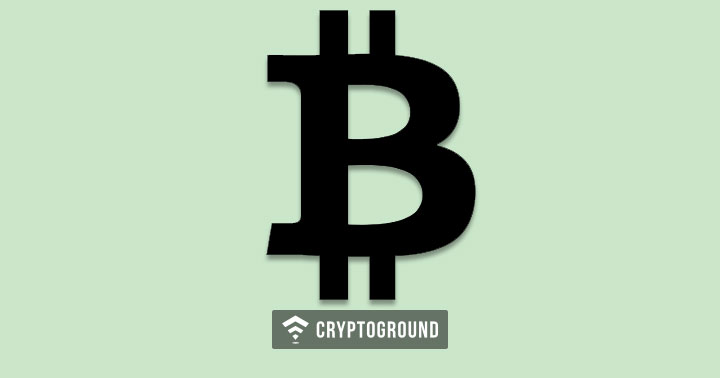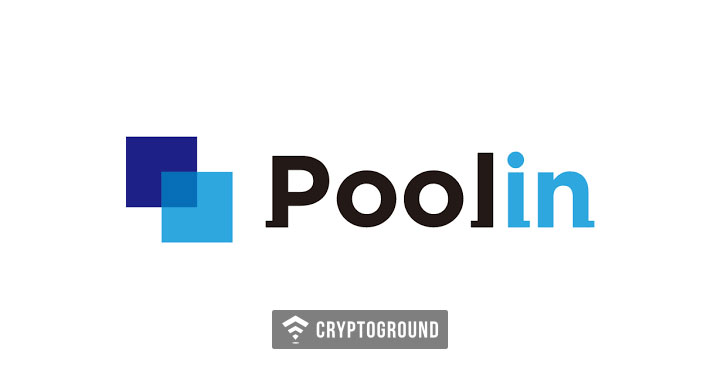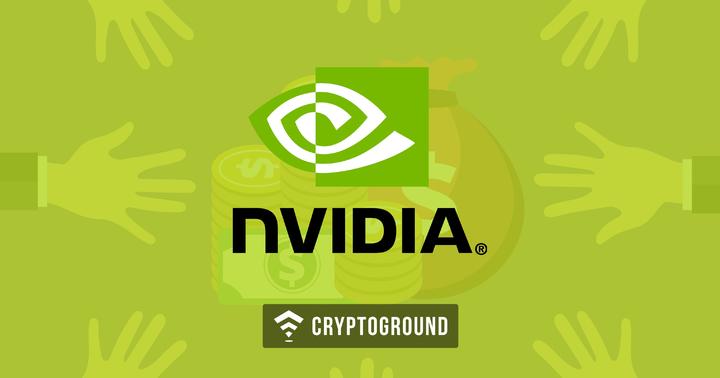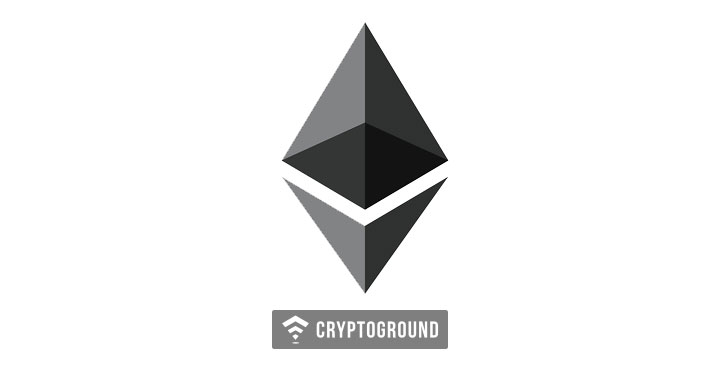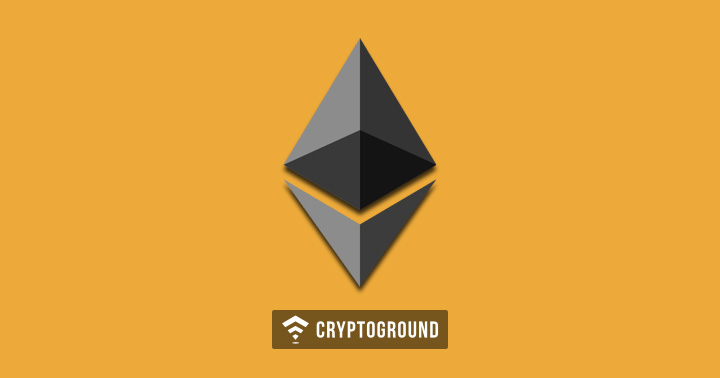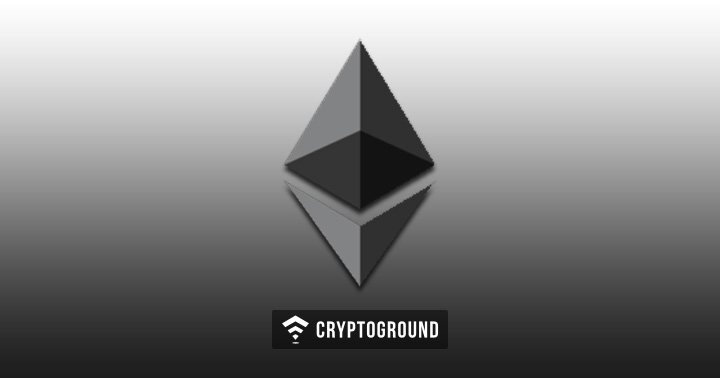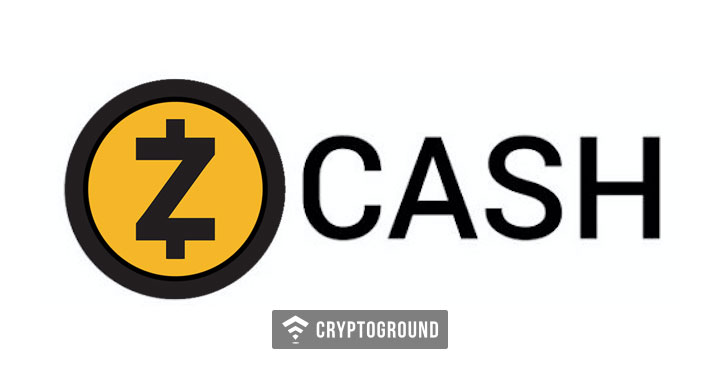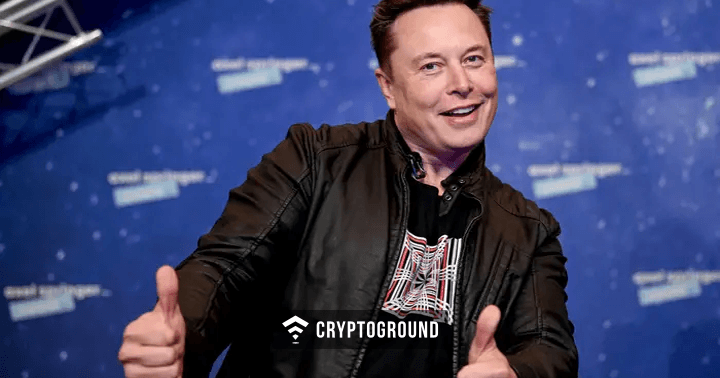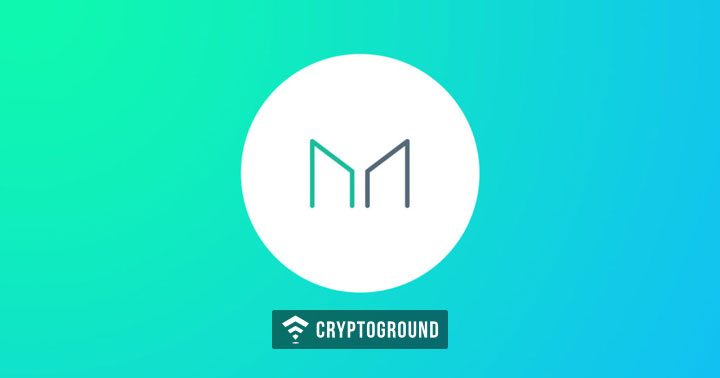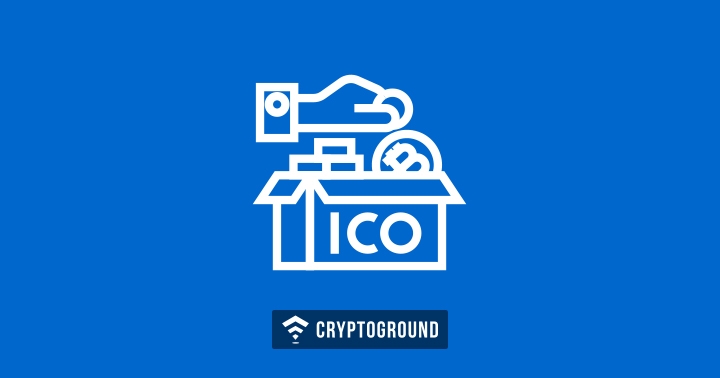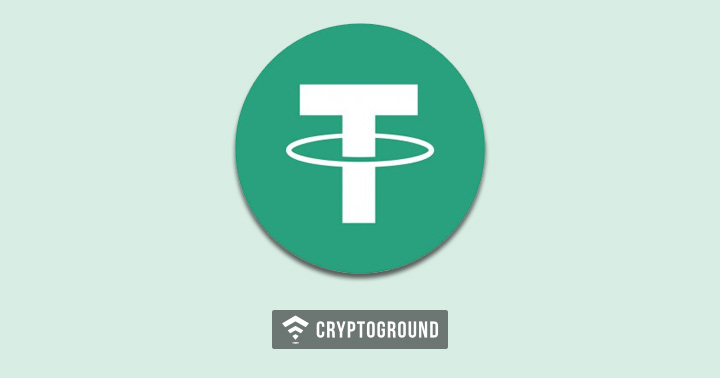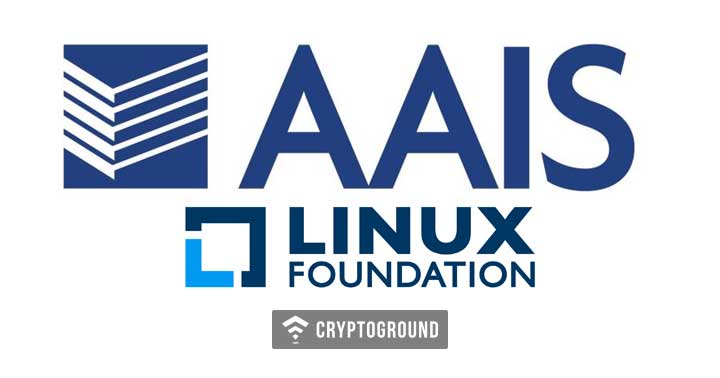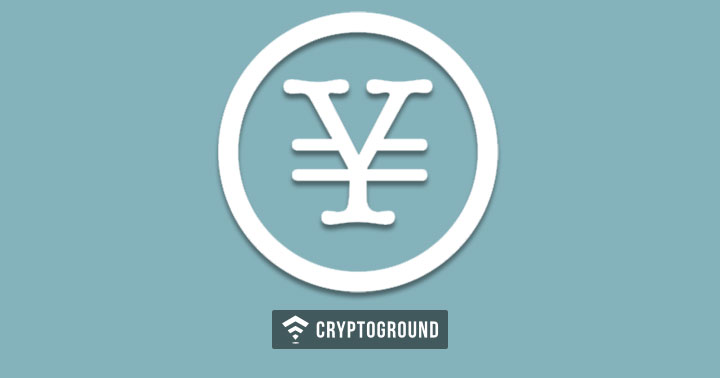Parity Technologies is optimistic about future platform developments and is aiming to transform the Ethereum blockchain with its innovative initiatives.
The name Parity Technologies strikes a familiar chord with everyone in the crypto community. Unfortunately, it came to the limelight for the wrong reasons in 2017 after being a victim of multiple vulnerabilities that saw it lost more than $160 million.
The first issue came to light in July when a bug in its multi-signature wallet system led to a compromise that saw $30 million worth of ETH nuked from various user accounts. This was a total of 150,000 ethers which at present are valued at around $172 million.
Later in the same year, in November a developer “accidentally” found a bug in the Parity protocol code and ended up freezing almost $300 million of ether calculated by the ETH value at that time. Unfortunately, even though these funds are not lost, recovery attempts still did not seem promising almost three months down the line.
Widely Felt Impact
The Parity misfortunes extend far beyond its own borders as there are other startups linked to the company and whose fortunes have been affected one way or another. One of this is the Ethereum network as a whole wherein Parity offers support for about a quarter of the network using its software.
The Parity founder Gavin Wood is also affected as he happens to have an oversight role in Web3 Foundation, which runs Polkadot blockchain, one of the organizations whose funds were lost in the November Parity freeze.
The Polkadot Blockchain had a highly successful ICO crowdsale that saw it raise more than $150 million thanks to its famed “blockchain for blockchains” model. But these funds are part of the unfrozen amount in Parity wallets.
A spokesperson for the Web3 Foundation, Ashley Tyson, admits that the absence of those funds has made a significant impact even leading to the scrapping of some plans on the platform’s agenda.
She said to Coindesk,
“With a majority of our funds frozen, we’re not sure what our ability is to financially contribute to these initiatives. Certainly, it will need to be massively scaled back.”
A Bright Future for the Startup
The affected companies have however tried to maintain a positive outlook and it is business as usual for some of them.
Parity Technologies has demonstrated a will to overcome the challenges, going as far as launching a new node software that is designed to increase Ethereum network speed and incorporate other additional updates.
It is also working on another long-term project known as the Ethereum Bridge which currently has a prototype and is about 80% complete. Using the prototype, it is possible to connect the Ethereum system to the Kovan testnet and allow funds transfer to a special contract for experimental purposes.
Kovan uses an innovative Proof-of-Authority consensus method that is not so decentralized but offers some unique benefits over existing models. The new system will enable transactions with any network that is ethereum-like, including Polkadot.
Wood is still confident about Parity Technologies and the Ethereum ecosystem as a whole. But he says, “For Ethereum to continue its fairly staggering success story it’s gonna need to scale.” This he says can be spurred on using the Bridge concept that is comparable to highly touted sidechains on the Bitcoin blockchain.

